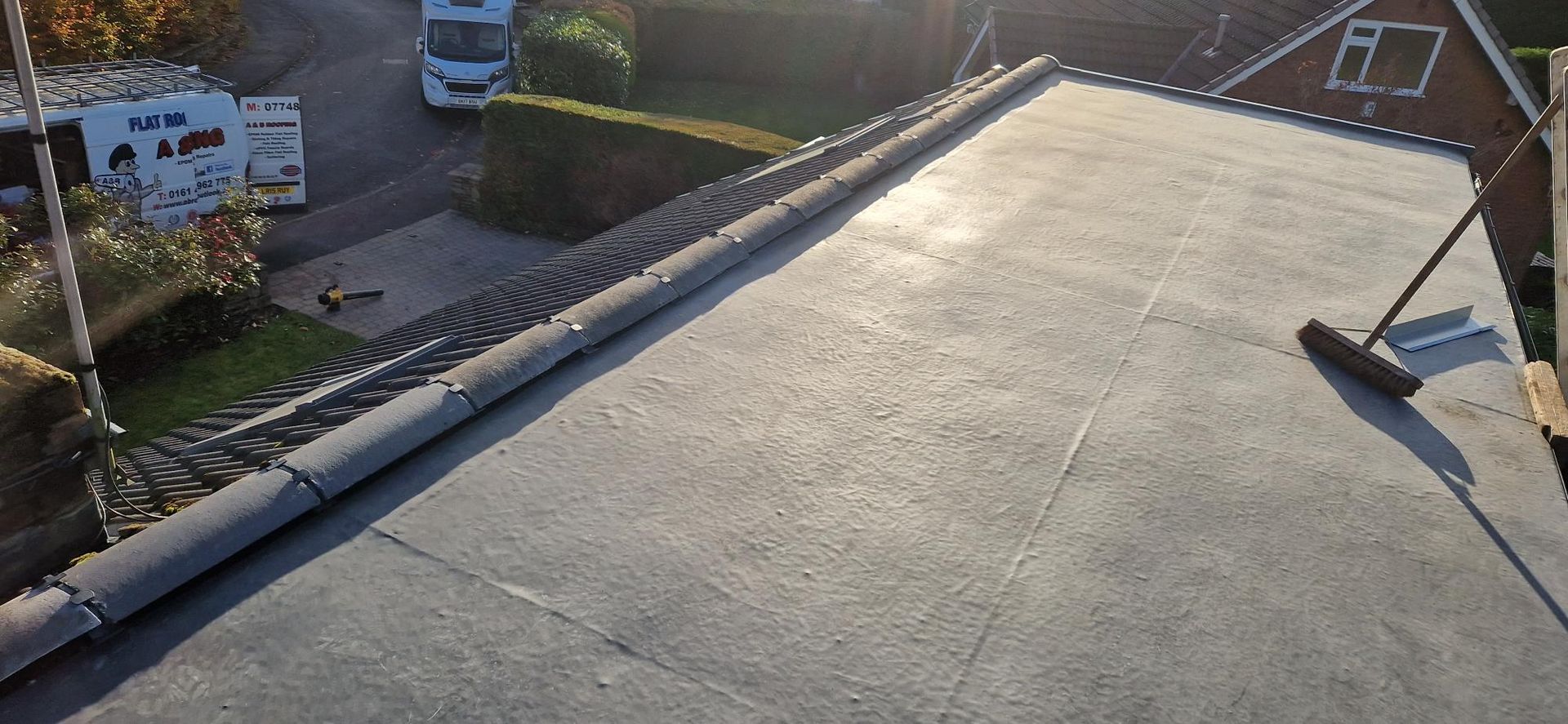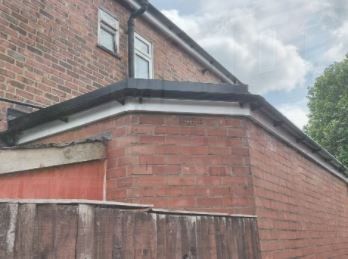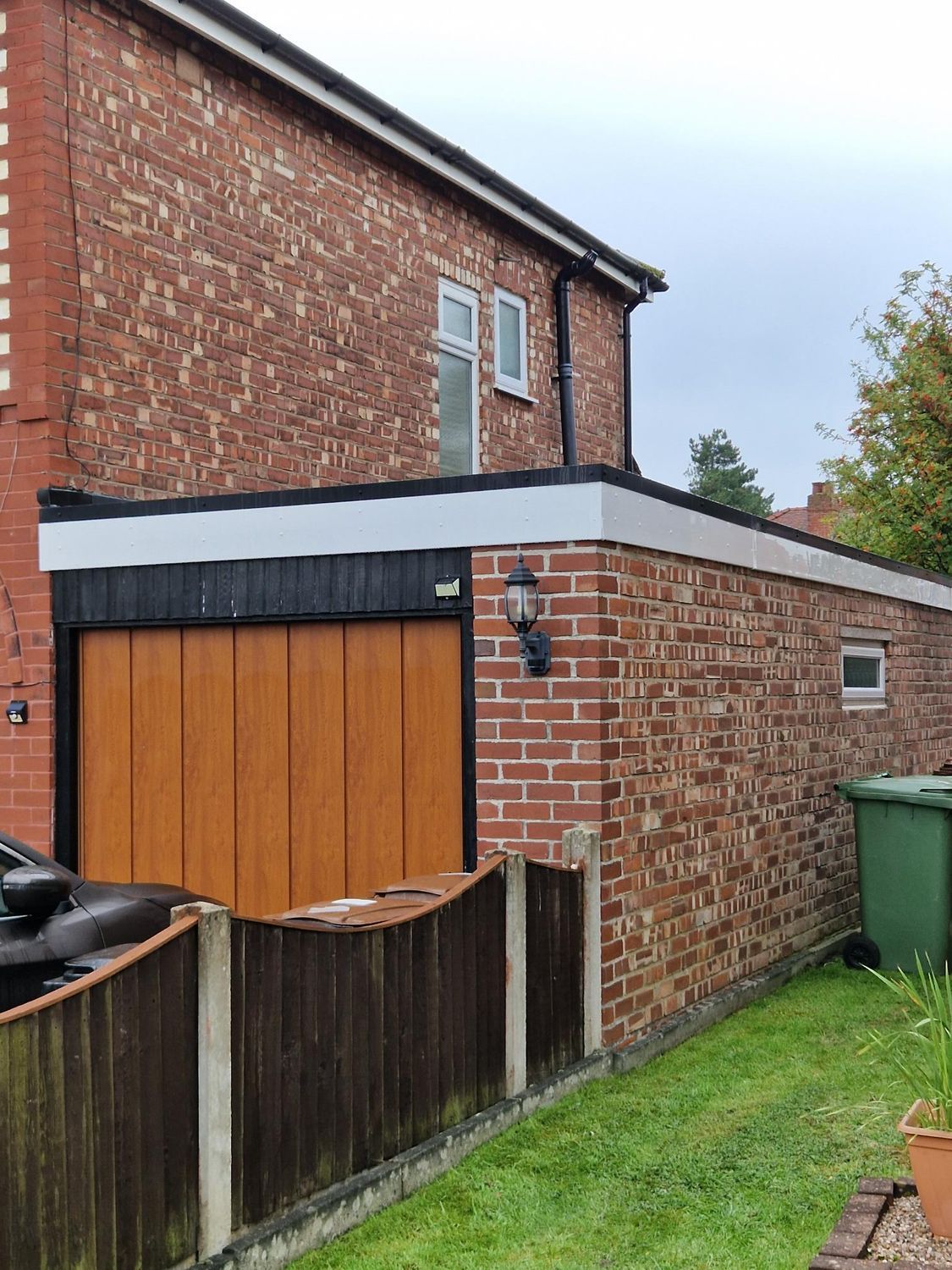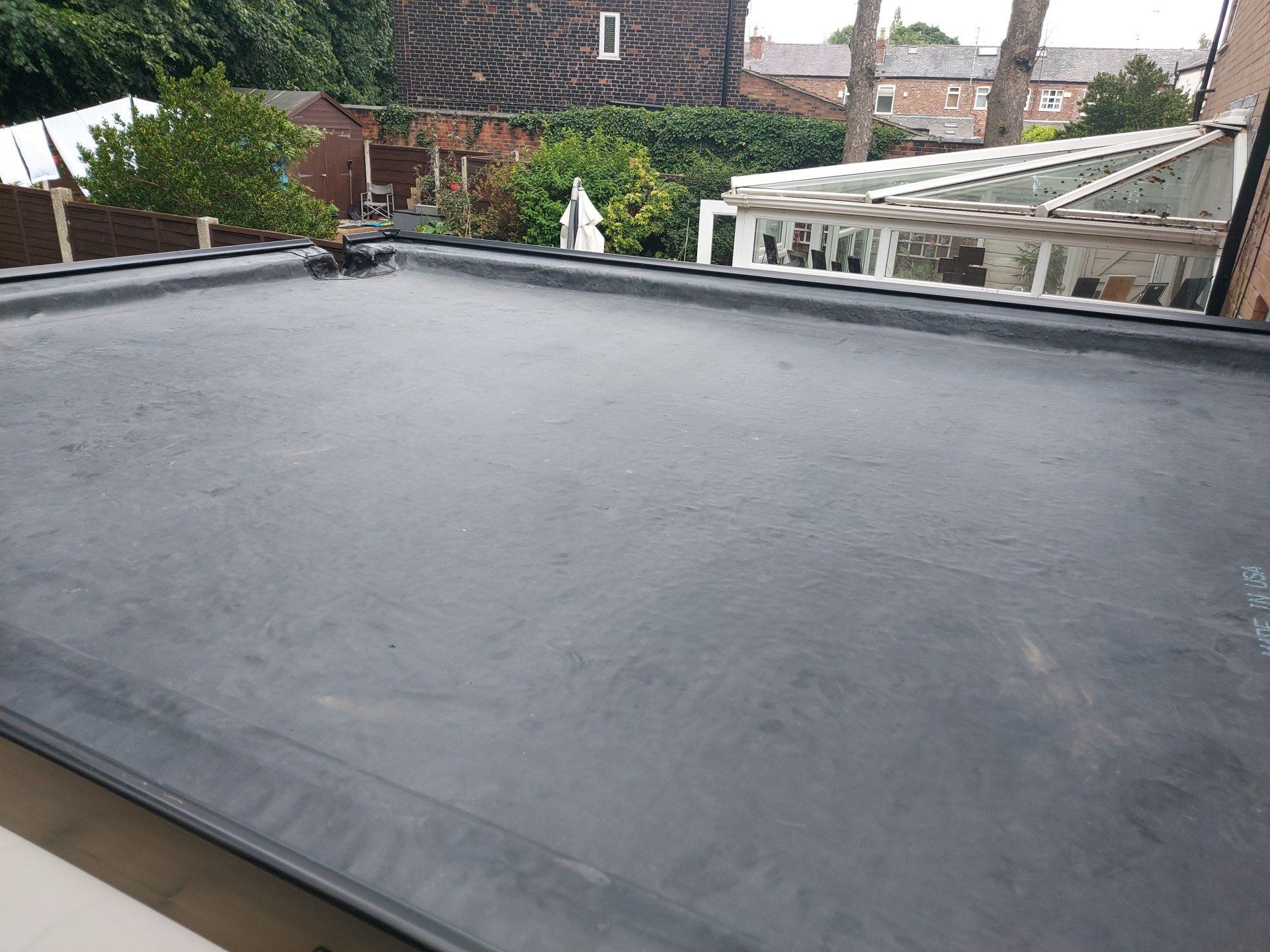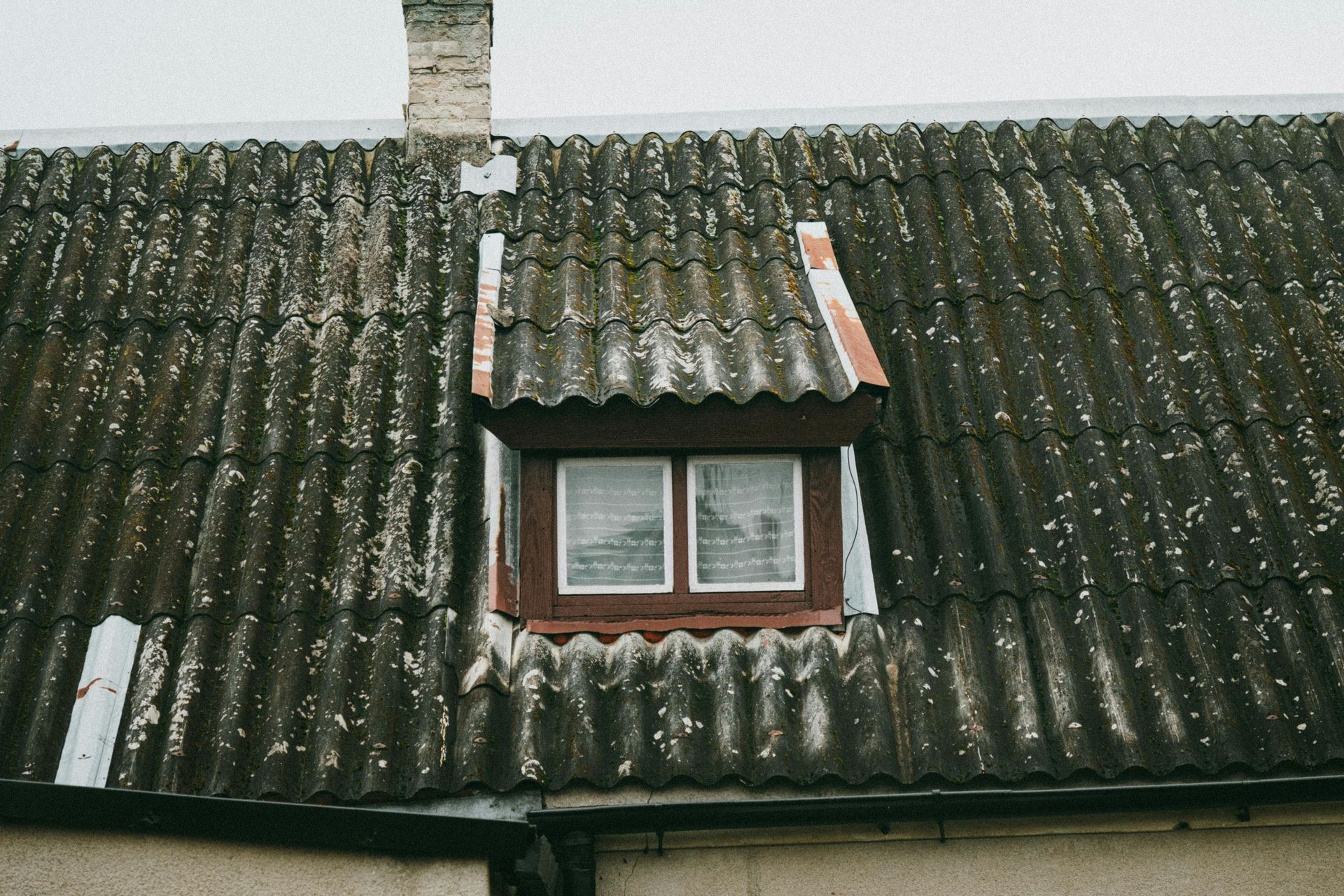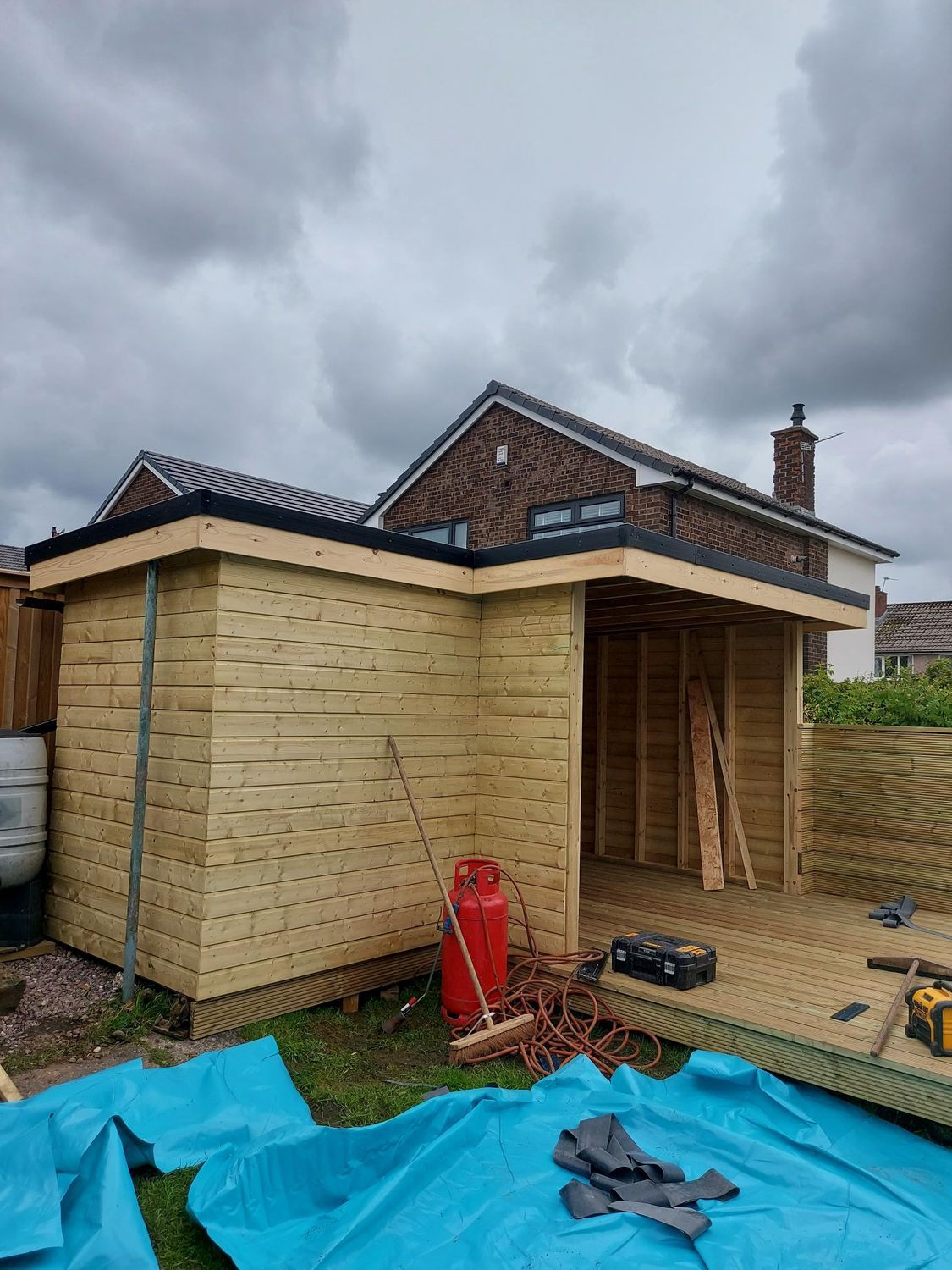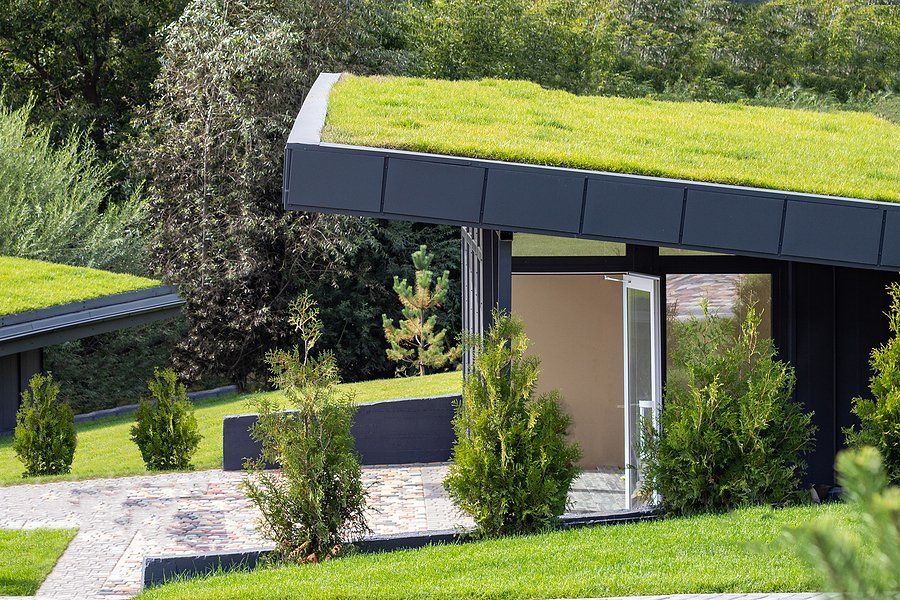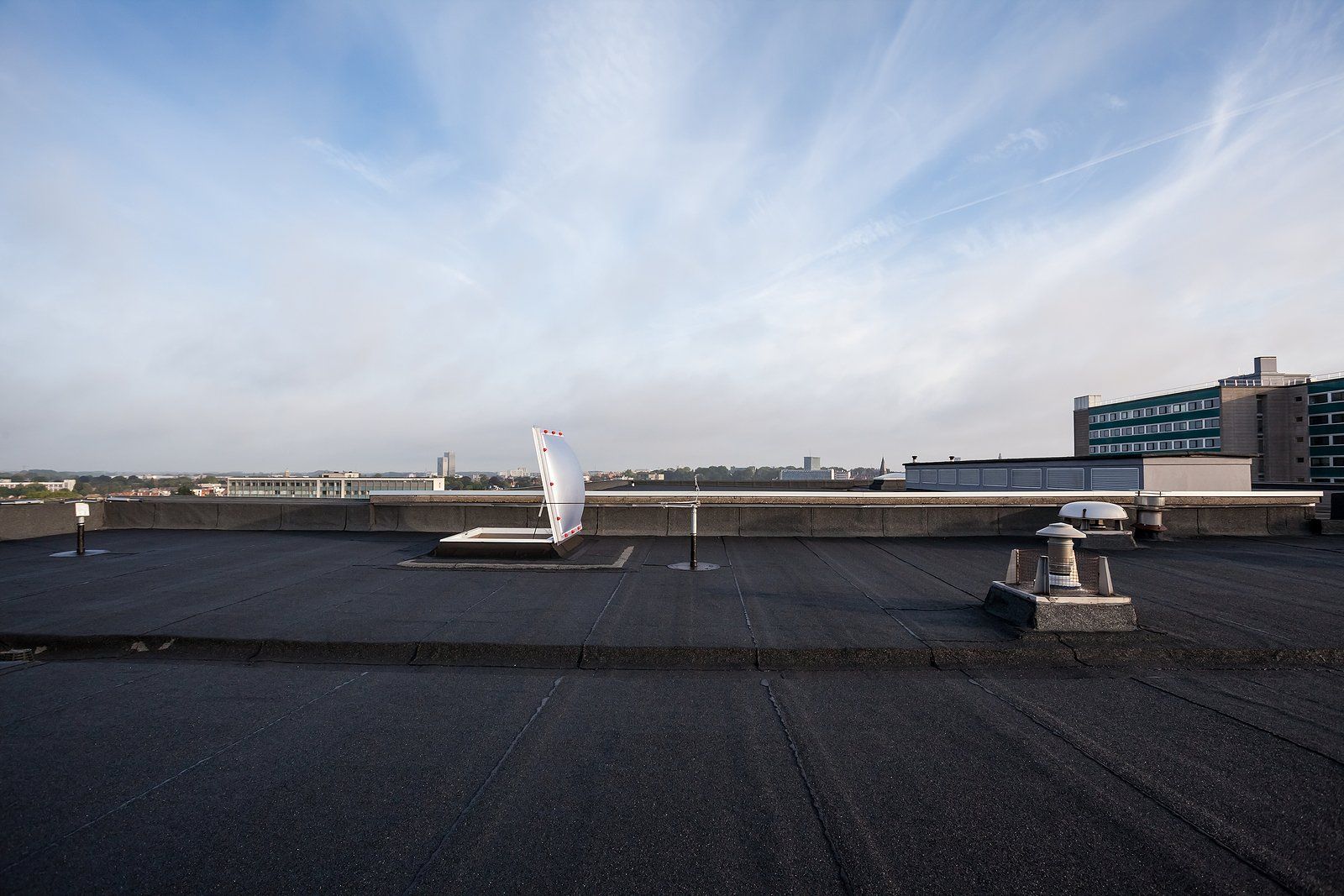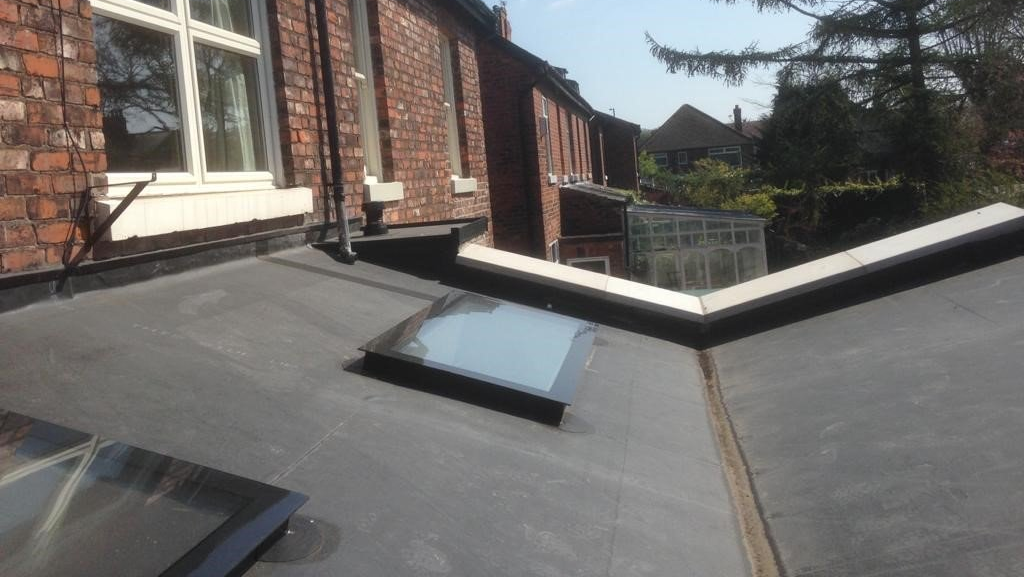Are Flat Roofs Energy Efficient?
Daniel Bracewell • 29 March 2021
Flat-roofed homes are popular for their modern appearance, but a well-maintained flat roof is also considered very energy efficient by building professionals. Of course, this depends on the materials that are used, but most flat roofs now employ innovative insulation methods which give them an advantage over older pitched roofs.
A flat roof over an unheated building such as a garage or shed will not need any insulation, but if your flat roof is over a living space, it is essential to have effective insulation to prevent heat loss. Not only will it keep the room warmer in winter and save you money on heating bills, but it will also stay cooler in summer.
In the UK ‘warm deck’ insulation is generally used, as this is more suited to a cold damp climate. The insulation is placed above the roofing joists or rafters, but below the waterproof membrane, as Building Design magazine explains. EPDM rubber is widely used as a covering owing to its durability, toughness, and flexibility.
Old-style flat roofs were insulated with wool type or ‘rockwool’ insulation, which was fitted directly between the joists. This caused issues with condensation and damp, as there was no damp-proof membrane or ventilation fitted. The material also has a poor thermal performance compared with modern methods.
It is difficult to tell just by looking at a flat roof exactly what insulation method it has, but if it is over 20 years old, it will almost certainly benefit from being upgraded. To add insulation to an older roof, some removal and replacement of the existing structure will be required, according to the Simple Energy Advice
website.
The website also advises that insulating a flat roof is never a DIY job, and a professional roofer should be employed to ensure that the work is carried out adequately and safely.
If you are looking for a flat roof specialist in Stockport, get in touch today
to see how we can help.

